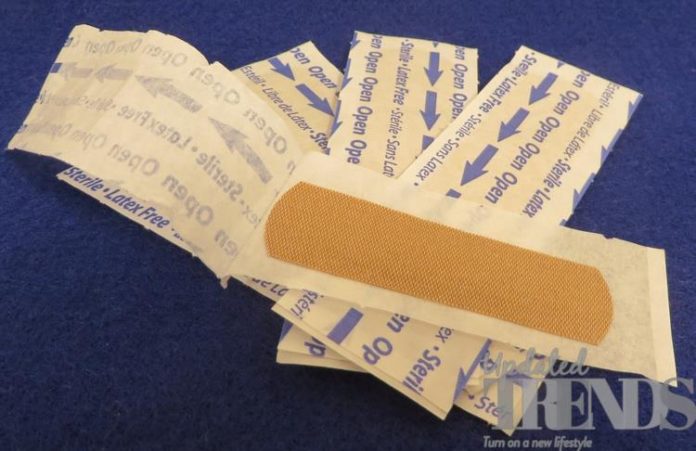It has become a regular practice of reaching for a regular bandage when you get a small cut or scrape. The regular bandage is nothing but an adhesive strip that holds a tiny patch of sterile padding. It is a simple design that has stood the test of time, but researchers from Harvard’s Wyss Institute think that they have come up with something that is even better.
The researchers here took some inspiration from nature and designed a new kind of wound covering that speeds up the healing process. The new bandage, not just heals fast but also reduces scarring. It is inspired by the delicate skin of animal embryos that can heal itself without leftover scars. The new dressing is surely high-tech, but is incredibly simple to use. The bandages make use of heat-activated hydrogel that does not cover a cut or gash and actually contracts and pulls the edges of the wound together.
The bandage is designed to work at temperatures of around 90 degrees Fahrenheit which means that it is activated by body heat alone, slowly shrinks and holds the edges of the wound in place that promotes healing. The contraction of the bandage also helps to secure it to the skin with greater strength than a standard adhesive bandage. It combats infection and silver nano particles are scattered throughout the dressing that naturally destroys microbes and protects the skin as it heals.
Benjamin Freedman, PhD, leader of the work in a statement said, “The AAD bonded to pig skin with over ten times the adhesive force of a Band-Aid® and prevented bacteria from growing, so this technology is already significantly better than most commonly used wound protection products, even before considering its wound-closing properties”. The team is still working on some improvements before the new bandage technology is commercialized. Additional tests are expected to be conducted before it is brought to the market.
Photo Credits:Pixabay











